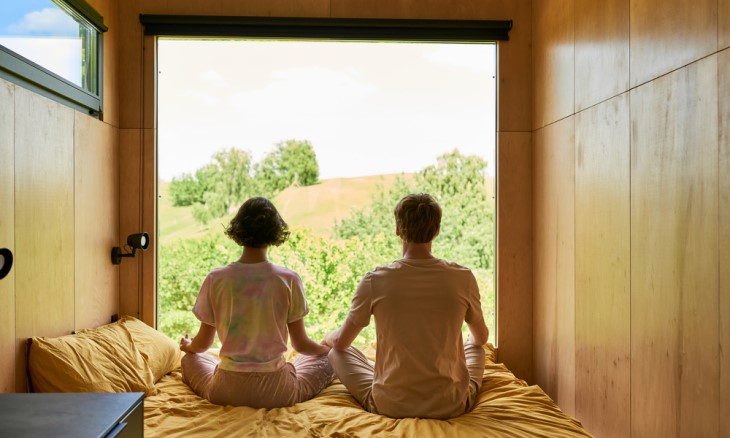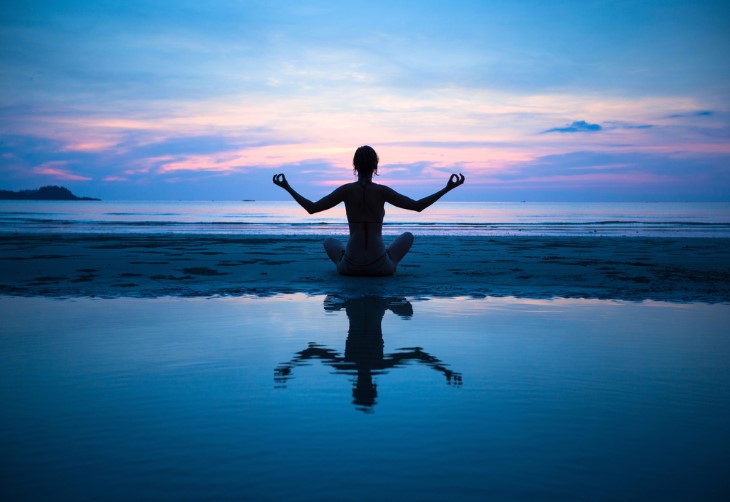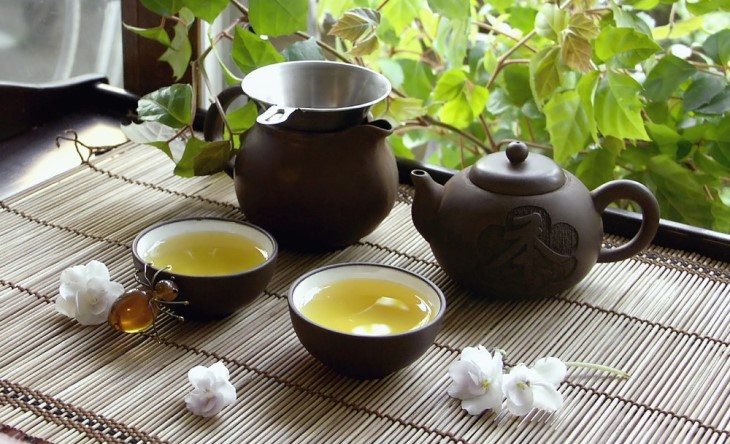
In today's fast-paced society, stress and anxiety have become almost inevitable companions. With the constant bombardment of information and the relentless pressure to stay productive, finding moments of peace can feel like an unattainable luxury. However, mindfulness offers a pathway to tranquility amidst the chaos. This ancient practice, rooted in various cultural traditions, emphasizes living in the present moment, which can profoundly impact our mental and physical well-being.
Mindfulness is the practice of paying full attention to the present moment without judgment; Being in the moment. It involves observing your thoughts, emotions, and sensations with a sense of curiosity and acceptance. Originating from Buddhist meditation practices, mindfulness has been embraced globally for its universal benefits.
Scientific research supports the benefits of mindfulness. Studies have shown that regular mindfulness practice can reduce stress, improve focus, enhance emotional regulation, and even boost immune function. By fostering a state of awareness, mindfulness helps us break free from the autopilot mode of living, allowing us to fully engage with our experiences.
Integrating mindfulness into your daily routine doesn’t mean you need to run off and make huge changes. Here are some simple yet effective ways to practice mindfulness:

Morning Rituals: Starting the Day with Intention Begin your day with a mindful morning routine. Instead of rushing through your morning, take a few minutes to sit quietly, breathe deeply, and set an intention for the day. This practice can help ground you and set a positive tone for the hours ahead.
Mindful Eating: Focusing on the Experience of Eating Eating mindfully means paying attention to the taste, texture, and aroma of your food. Try to eat without distractions, such as TV or smartphones. Chew slowly, savor each bite, and appreciate the nourishment your food provides. This not only enhances your enjoyment of meals but also promotes better digestion and prevents overeating.
Mindful Working: Techniques to Stay Present During Work Hours At work, mindfulness can enhance productivity and reduce stress. Take regular breaks to stretch or practice deep breathing. Focus on one task at a time, avoiding multitasking. When overwhelmed, pause for a moment, take a few deep breaths, and then proceed with clarity.
Evening Wind-Down: Creating a Peaceful Evening Routine Conclude your day with a calming routine. Engage in activities that promote relaxation, such as reading, gentle yoga, or a warm bath. Reflect on the day’s positive moments and practice gratitude. This helps you transition smoothly into a restful night’s sleep.
Mindfulness also plays a crucial role in nurturing healthy relationships. Being present with others shows them they are valued and heard.

Practicing Active Listening When conversing with someone, give them your full attention. Avoid interrupting or thinking about your response while they’re speaking. This fosters deeper connections and understanding. Active listening means being fully engaged in what the other person is saying, nodding, and providing verbal affirmations to show that you are present. This practice can transform your interactions and build stronger, more meaningful relationships.
Being Present with Loved Ones Spend quality time with your loved ones without distractions. Engage in meaningful activities together, and show appreciation for each other’s company. Whether it’s a family meal, a walk in the park, or simply sitting together and talking, being fully present strengthens bonds and enhances mutual respect and understanding
Managing Conflicts Mindfully In conflicts, mindfulness helps manage reactions and fosters constructive communication. Take a moment to breathe and compose yourself before responding, ensuring that your words are thoughtful and respectful. By approaching conflicts with a calm and open mind, you can navigate disagreements more effectively, leading to healthier resolutions and deeper trust.

Many beginners face challenges when starting mindfulness practices. Here are some tips to help you stay on track:
Addressing Common Misconceptions: Some believe mindfulness requires extensive time or effort. In reality, even a few minutes a day can make a difference. Mindfulness is about quality, not quantity. It’s a common misconception that you need to meditate for hours to benefit. Short, consistent practices can be just as impactful.
Tips for Beginners Who Struggle to Stay Consistent: Start small, with just a few minutes of mindful breathing each day. Gradually increase the duration as you become more comfortable. Use reminders, such as phone alarms or sticky notes, to prompt mindful moments throughout the day. Incorporate mindfulness into existing routines to make it more manageable, such as during your morning coffee or before bedtime.
Mindfulness is a universal practice with variations across cultures. Here are a few examples:

Japanese Tea Ceremonies: These ceremonies emphasize mindfulness through the ritualistic preparation and consumption of tea. Every movement is deliberate, fostering a deep sense of presence and tranquility. Participants are encouraged to appreciate the beauty and simplicity of the tea, the environment, and the moment, making it a meditative experience.
Indian Yoga: Yoga combines physical postures, breath control, and meditation. It encourages awareness of the body and mind, promoting holistic well-being. Each movement and breath in yoga is an opportunity to practice mindfulness, connecting with the present moment and enhancing physical and mental harmony.
Scandinavian Hygge: Hygge, a Danish concept, involves creating a cozy and enjoyable atmosphere. It encourages savoring simple pleasures, such as a warm drink by the fireplace, enhancing mindfulness and contentment. Hygge is about finding joy in the ordinary, fostering a sense of well-being and presence in everyday life.

Mindfulness can be integrated into various everyday activities, transforming routine tasks into moments of calm and presence.
Mindful Walking: When walking, focus on the sensation of your feet touching the ground, the rhythm of your breath, and the sounds around you. This can be a refreshing way to practice mindfulness, especially in nature. Walking mindfully allows you to connect with your surroundings and yourself, providing a sense of peace and clarity.
Mindful Cleaning: Turn chores into a meditative practice by paying attention to the movements and sensations involved in cleaning. This can make even mundane tasks feel more fulfilling and less tedious. By focusing on the task at hand, you can find a sense of satisfaction and presence in your daily responsibilities
Mindful Listening to Music: Take time to listen to music without doing anything else. Focus on the melody, lyrics, and instruments. This can be a deeply relaxing and enjoyable way to practice mindfulness. By immersing yourself fully in the music, you can experience it more richly and connect with your emotions.
Mindfulness offers a powerful antidote to the stresses of modern life. By cultivating awareness and presence, we can experience greater peace, clarity, and joy. Remember, mindfulness is a journey, not a destination. Start small, be patient with yourself, and gradually integrate these practices into your daily routine. As you embrace the art of mindful living, you’ll discover a deeper connection to yourself and the world around you.
By incorporating mindfulness into various aspects of our lives, we can cultivate a more peaceful and fulfilling existence. Embrace this journey with an open heart, and allow mindfulness to transform your daily experiences. Whether through mindful eating, working, or simply taking a walk, the opportunities to practice mindfulness are endless, each moment offering a chance to reconnect with the present and find inner peace.